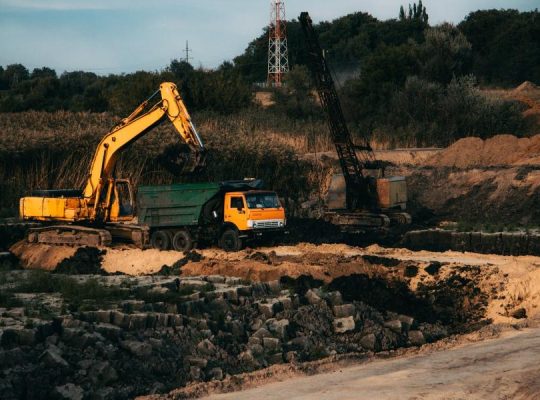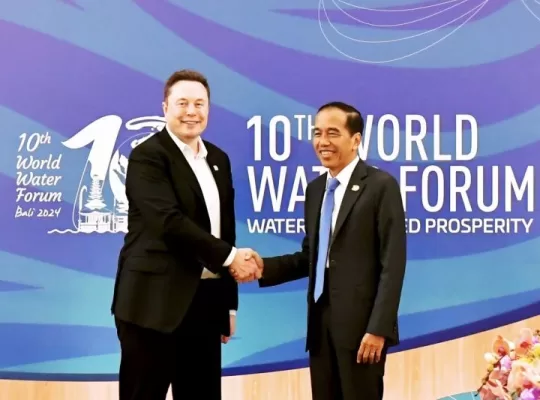In May 2024, the Indonesian Investment Affairs Minister, Luhut Pandjaitan, discussed the potential advantages of a free trade deal with the United States for Indonesia’s refined nickel, even when produced using coal-fired methods. He pointed out that concerns from U.S. senators might miss the broader environmental benefits integral to the shift towards greener technologies, given nickel’s critical role in battery production.
Pandjaitan highlighted Indonesia’s competitive edge in nickel production, largely due to its abundant coal resources, although he acknowledged that renewable energy sources haven’t yet presented a cost-effective alternative for powering Indonesia’s smelters.
While Indonesia’s goal to become a top manufacturer of EV batteries is praiseworthy, it’s vital to also consider the environmental costs associated with coal-powered electricity, which could undermine this ambition.
Recent evaluations from the Institute for Energy Economics and Financial Analysis have shown a trend among banks, traders, and insurers moving away from investments in coal-based smelting. This shift is echoed worldwide with increasing commitments to renewable energy in industrial processes.
Challenges Facing Coal-Dependent Smelting
Global studies, including those from the International Energy Agency, confirm that renewable sources like solar and wind are the most cost-effective marginal energy solutions. However, Indonesia remains one of the countries with the least solar energy capacity installed.
Financial oversight bodies across the globe are set to require companies to disclose emissions data tied to their production processes. Furthermore, rating agencies are preparing to incorporate climate impacts into their evaluations of corporate risks. These factors will soon make the environmental footprint of Indonesia’s smelting industries a focal point for potential buyers.
For instance, Adaro’s aluminum smelter project in Indonesia faced financial setbacks when Standard Chartered and DBS Bank withdrew their financing in February 2023. Additionally, in April 2024, Hyundai Motors terminated their aluminum purchasing agreement with Adaro due to environmental concerns, which prompted Adaro to revise its project plans, incorporating both coal and renewable energies in the second phase of development.
The Viability of Renewable Energy in Smelting
There is mounting support for the viability of renewable energies in nickel smelting processes. For example, the Australian mining giant, BHP Group, has secured renewable power deals for its Nickel West operations in Western Australia, which annually produces about 80,000 kilotonnes of nickel. These include agreements with the largest solar farm in Australia, the Merredin Solar Farm.
Likewise, Nickel Industries based in Sydney, in collaboration with Indonesian renewable energy firm SESNA, has begun powering its operations in Morowali, Central Sulawesi with solar energy. Starting with a modest solar setup, the company aims to expand its renewable capacity significantly, countering the variable nature of solar power with adequate battery storage.
The move toward renewable energy in smelting not only meets regulatory and consumer expectations for reduced carbon footprints but also aligns with broader sustainability goals, helping companies reach net-zero emissions, secure green financing, and increase marketability of their products.
As Indonesia seeks to dominate the global market for EV batteries, transitioning to renewable energy swiftly is crucial for its success in achieving a greener future.


















